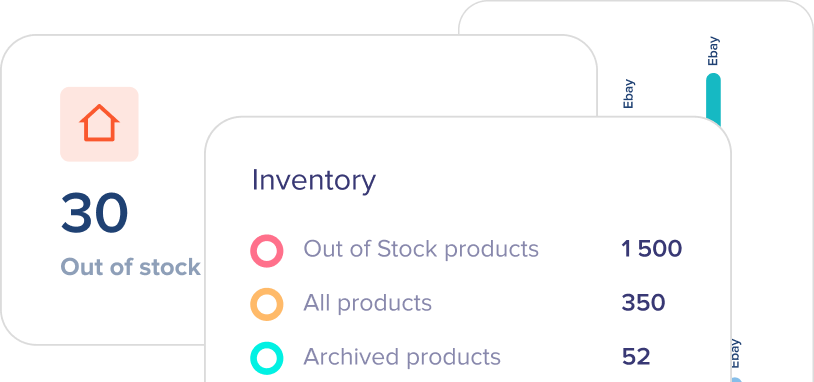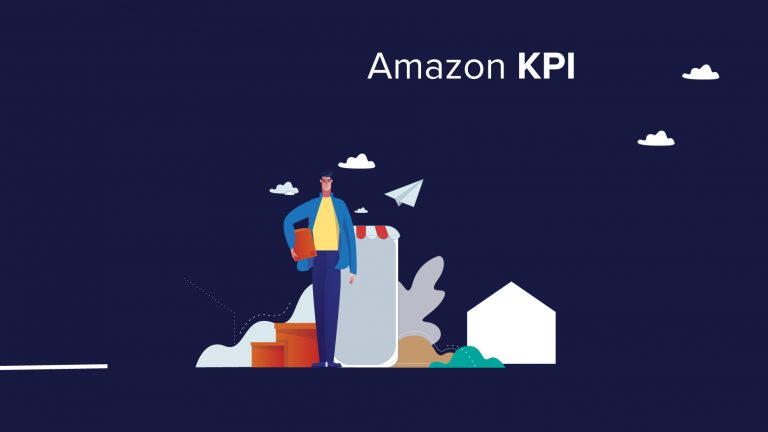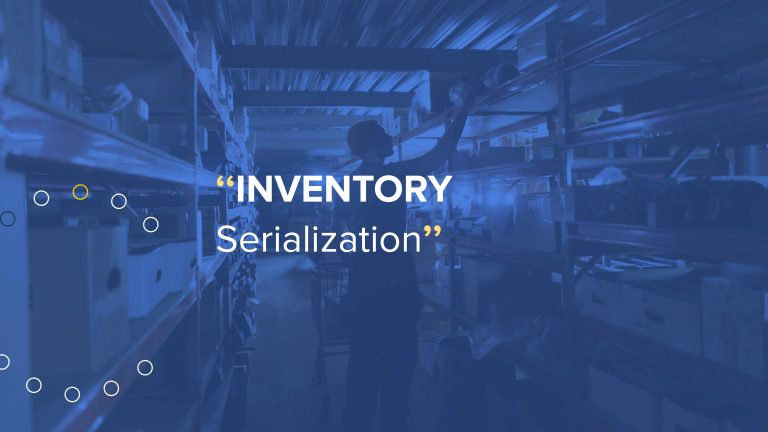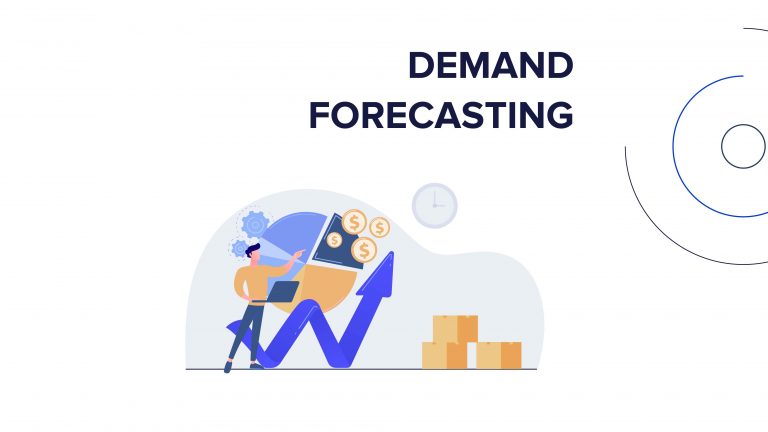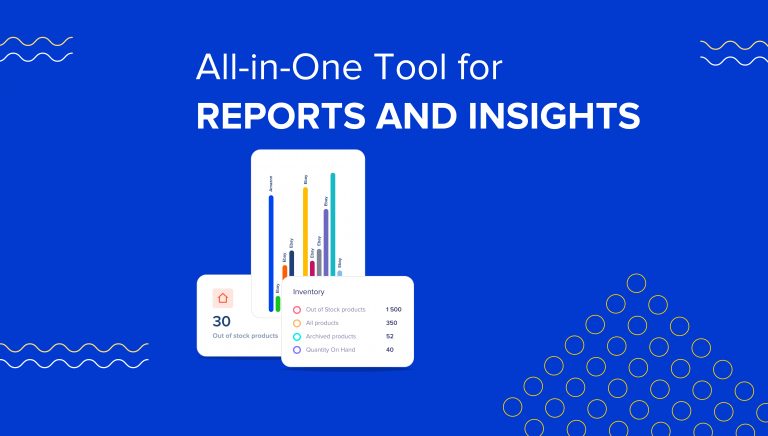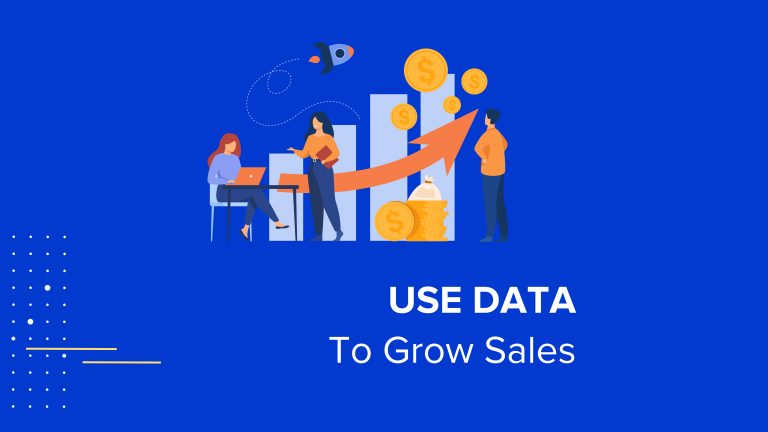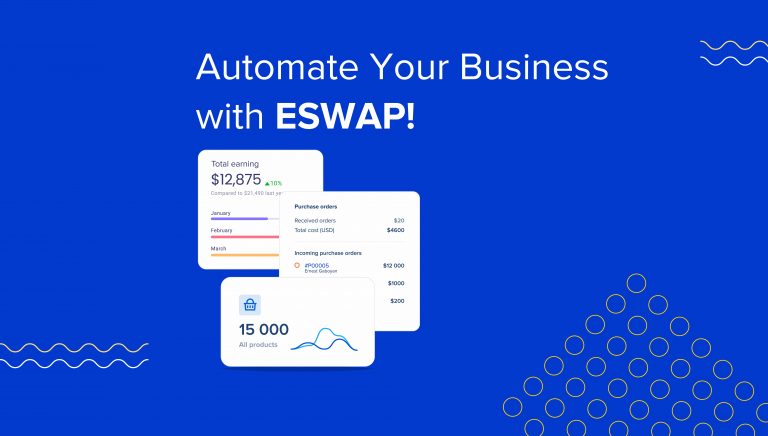If you’re not selling on Amazon Europe yet, you’re missing out on an excellent opportunity to expand your business. While it isn’t yet present in all EU countries, Amazon Europe has the potential to reach all 28 countries.
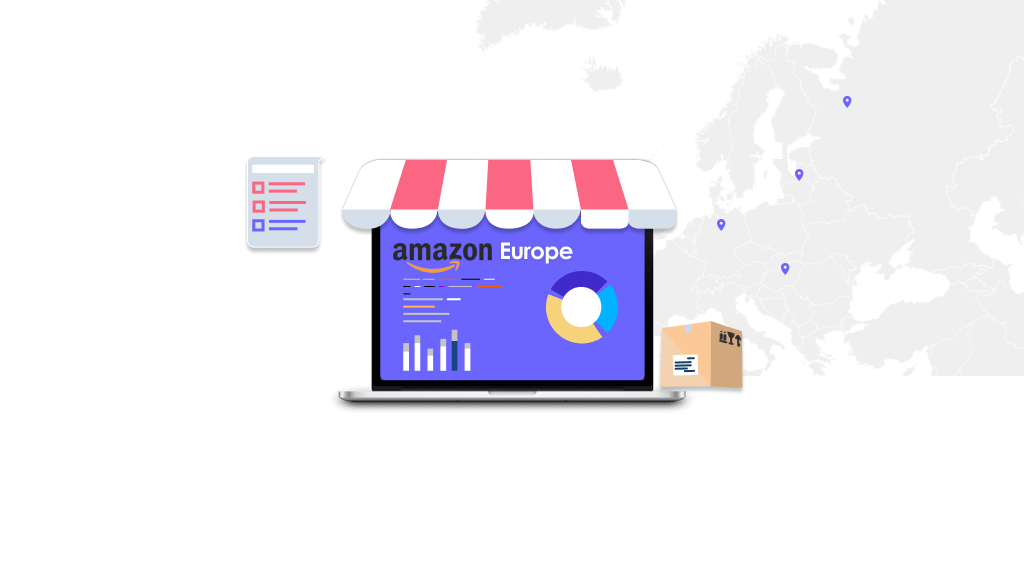
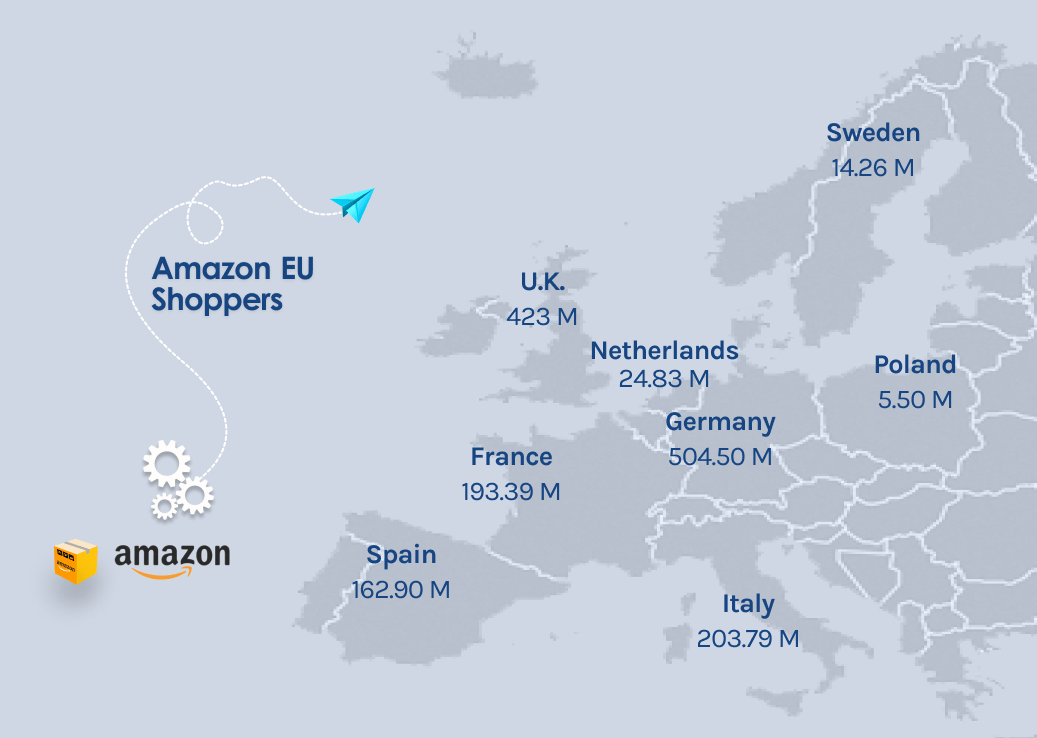
This, along with Amazon’s commanding logistics systems and the tools Amazon offers, should incentivize Amazon sellers to take the leap.
While any seller is entitled to enter Amazon markets in the EU, it is not that easy. You will have to abide by the tax and health and safety rules in each country you sell. You can also only list once you have translated your listing into the country’s language. This is an Amazon rule.
The translation is not as easy as running your listing through Google translate. If you want to compete in these markets, you will need some local insight. Choosing relevant keywords is essential, and unless you’ve lived in the area, you may find this task near impossible.
If you’ve never sold on European markets, you might find navigating the red tape quite daunting. Yet it is well worth the effort. When you move into Europe, your market grows to include hundreds of millions of potential customers.
So, where do you start?
Here’s our step-by-step guide to selling on Amazon Europe.
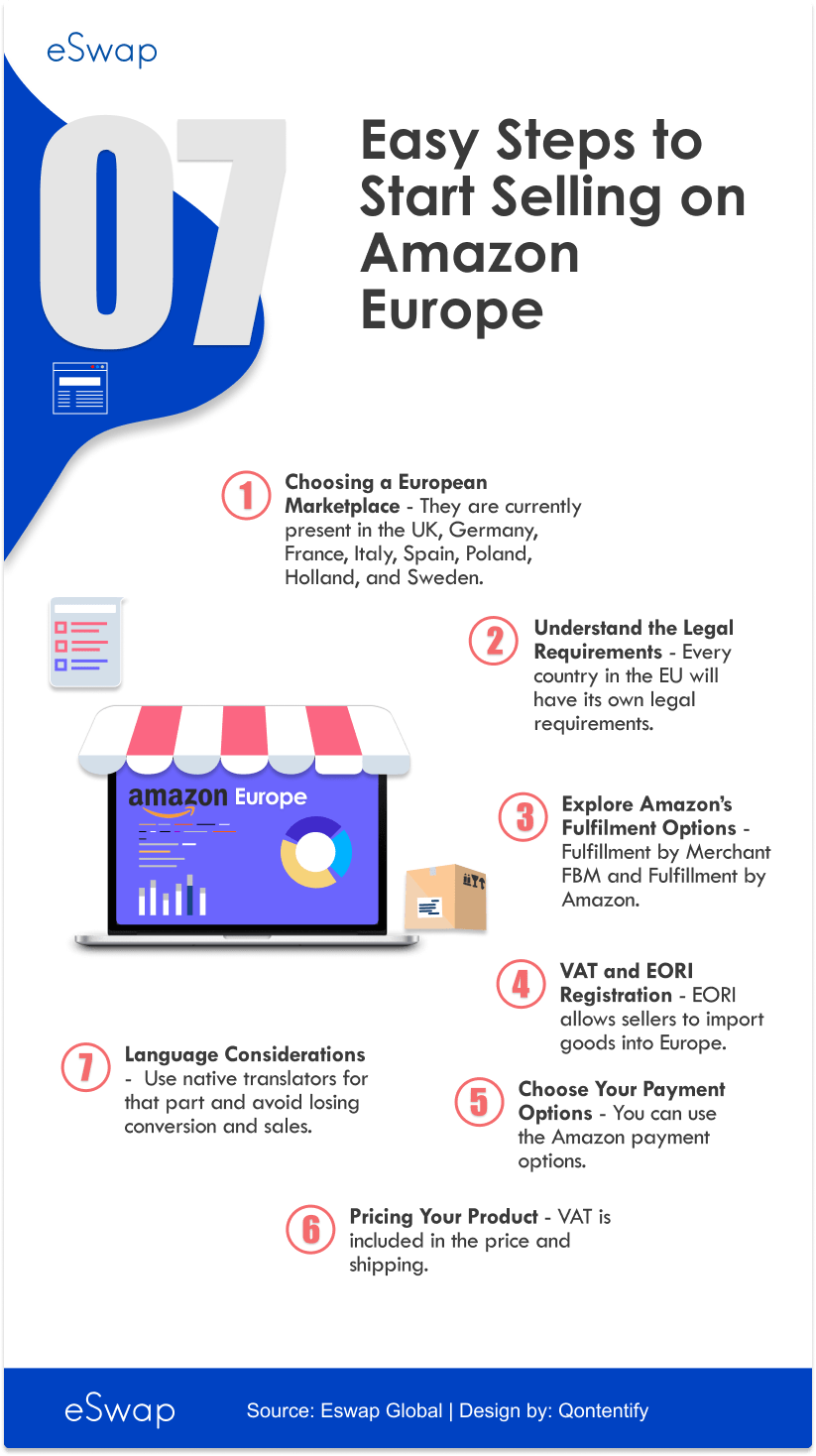
1. Choosing a European Marketplace
Amazon has several marketplaces, and they keep adding new ones. They are currently present in the UK, Germany, France, Italy, Spain, Poland, Holland, and Sweden.
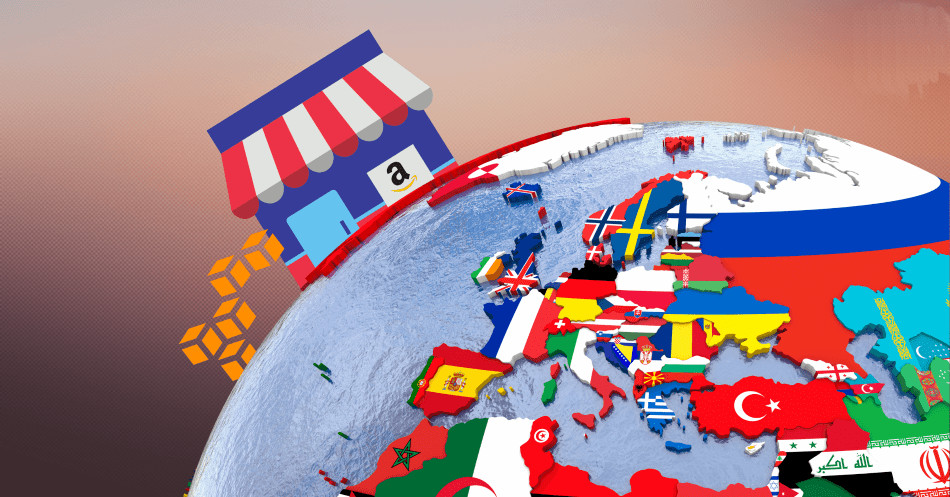
You can choose to sell from a single country. Still, if you decide to sell out of several countries, you will have to determine what country you’ll call home. In making this decision ask yourself the following questions;
- From whence will you distribute most of your products?
- Which country will give you the biggest advantage in terms of distribution, order fulfillment, and tax?
- Where will it be easiest to startup? To answer this, you’ll have to understand the current competition and the size of market demand.
The UK was a favorite location for Amazon sellers for a long time because they understood the language. Brexit put paid to this. Now, if you want to sell in Europe and the UK, you will need a warehouse in each of these countries, and you’ll be subject to tax in both.
Amazon Germany is also popular with sellers starting up on the continent. It has a huge market, and many Germans speak English, making it easier to do business there.
2. Understand the Legal Requirements
Every country in the EU will have its own legal requirements.
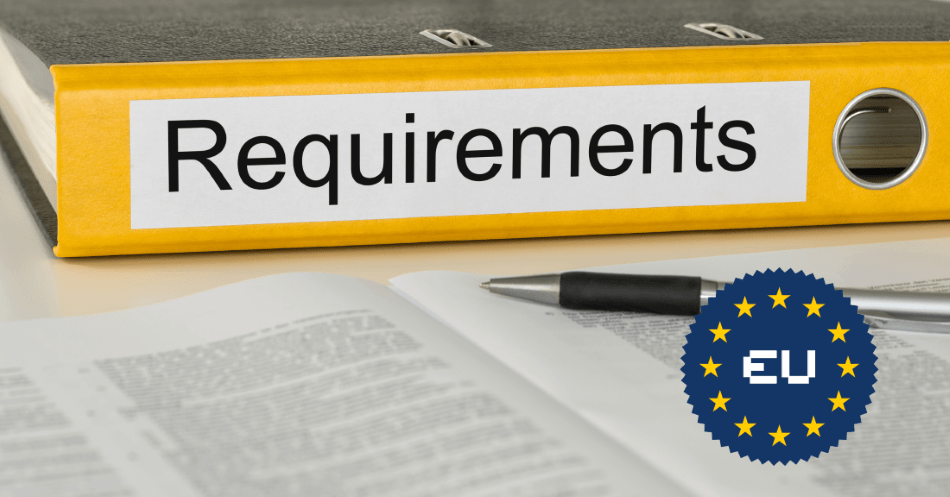
Here are a few of them:
- Health, safety, and environmental obligations
- Accounting laws
- VAT
- Customs rules, regulations, and fees
- Consumer legislation
- Labeling requirements
- Intellectual property laws
Unless you know the laws, you could get into trouble with the authorities. Before you set up a business, you should seek the advice of a lawyer well versed in international business. Accounting and shipping companies can help with tax, accounting, and customs rules.
If the budget doesn’t allow for the use of third-party consultants, you’ll have to do your homework before you set up shop.
Amazon assists with information that could help keep you out of trouble.
3. Explore Amazon’s Fulfilment Options
If you’re moving into Europe, you can choose from the following options.
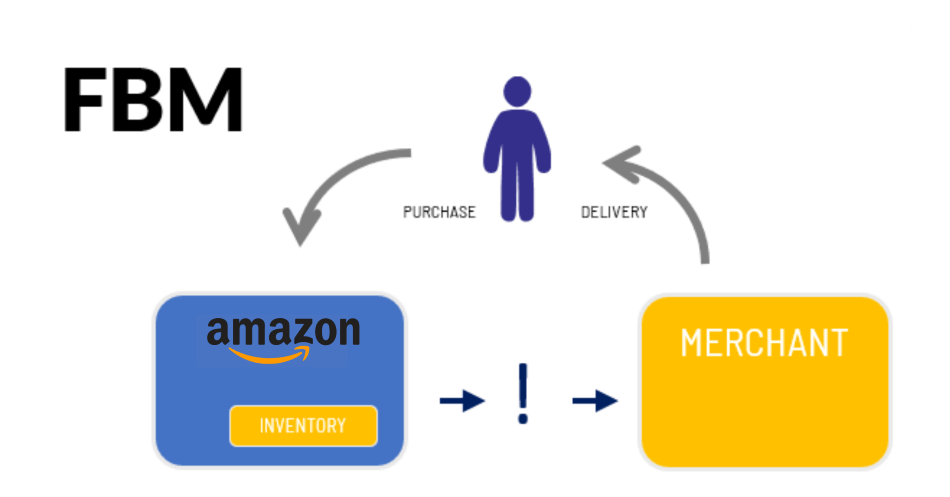
- Fulfillment by Merchant FBM
- Fulfillment by Amazon
- European Fulfilment Network EFN
- Pan European FBA
- Multi-Country Inventory MCI
If you’re starting out, FBA is your easiest option. Once you’re over the introductory hurdles, you may want to look around for a reliable distributor and change to FBM as a cost saver.
You will, of course, lose the benefits of Prime on Amazon when you cease to store your products in Amazon warehouses.
FBM Fulfilment:
If you decide to go with the FBM fulfillment method, you’ll employ a third-party warehouse provider and a distributor to ship your product from your current location or a country in Europe.
Each of these options has its drawbacks:
- Shipping from a current warehouse may seem easier, but it comes with high shipping costs. It will also affect customer service as the need to clear customs will slow the process down.
- FBM from Europe will save money, but you lose out on your Prime listing, and you will have to find a European distributor to ship for you.
FBA Fulfilment:
You have three options when it comes to FBA fulfillment. Which you choose will depend on your needs and objectives.
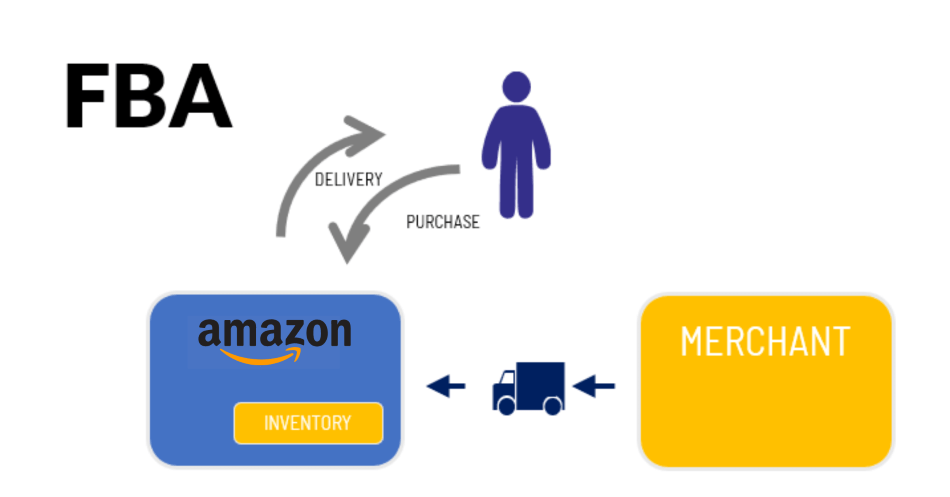
European Fulfilment Network
When you choose to EFN, you ship to a single Amazon warehouse, and Amazon will distribute your products across Europe from there.
You are eligible for Prime, and you only have to worry about getting your product to a single destination.
Pan European FBA
If you want to leave order fulfillment to the experts, this is your choice. Using this method, you send your products to a single Amazon warehouse, and they will distribute your product to the various countries based on forecast demand.
This saves you the effort, and you avoid cross-border fees.
Multi-Country Inventory
When you use MCI, you have inventory in several countries.
This means that you decide where you want to store your inventory, giving you full control over your stock and shipment decisions. Using this system, you can offer better customer service and save cross-border fees.
4. VAT and EORI Registration
Now it’s time to register for your Economic Operator Registration and Identification or EORI. This registration allows sellers to import goods into Europe.
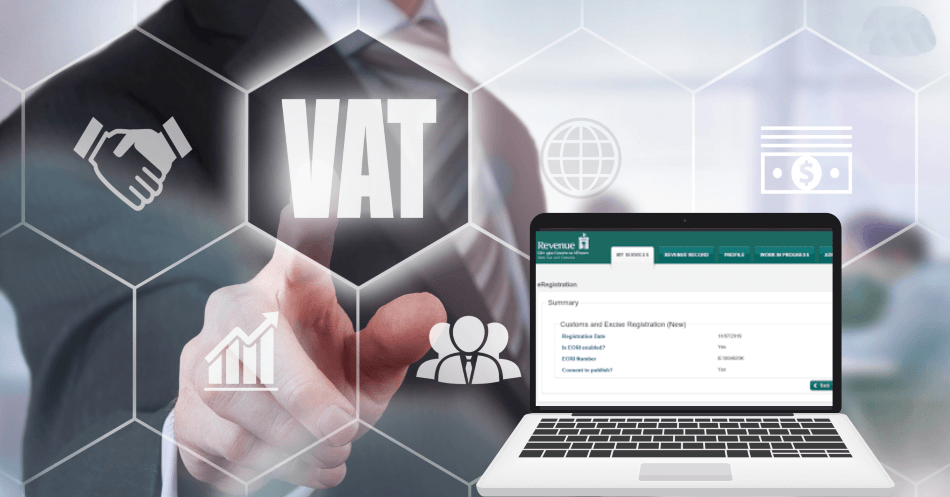
Regardless of whether you distribute your goods using FBA or FBM, you must register for VAT. You will have to pay VAT as soon as you send goods into Europe.
Different countries have different VAT rates. If you plan to sell from more than one country, you may need more than one VAT registration number. VAT can get complicated, so hiring a local accountant to help you is advisable.
5. Choose Your Payment Options
Before you start to sell on Amazon for Europe, you will have to decide how you want to be paid.
You can use the Amazon payment options or use online apps. If you choose to use the Amazon payment tools, you will receive payment directly into your bank account.
6. Pricing Your Product
When pricing your product for Europe, you must consider the additional costs.
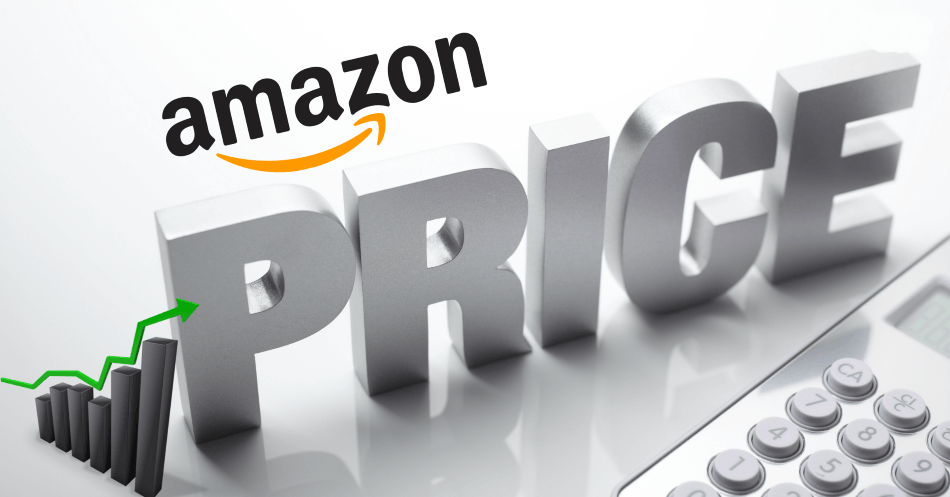
VAT is included in the price and shipping; fulfillment and customs may also cost more. You will also have to consider what the competition is charging for similar products.
7. Language Considerations
Use Amazon’s Build International Listings to list all your US products on the European markets. This tool will help you list your products and update your price parameters.
Note that your listings will be automatically translated; however, you should use native translators to avoid losing conversion and sales.
For this purpose, you can refer to professionals from Margin Business to create high-converting Amazon EU listings.
<<< Breaking NEWS – A New Feature Available On Amazon EUROPE >>>
Note that as of today (April 05, 2022), Amazon sellers can upload separate pictures in each of the European Market Places even though it isn’t official.
This is a Game-Changer.
Some sellers have paid a fortune to use this feature through Amazon Selling Partner 360. Use this tool to upload localized images, like those containing local language text in a specific country.
8. You’re Ready to List on Amazon
Now you’re ready to list on Amazon Europe.
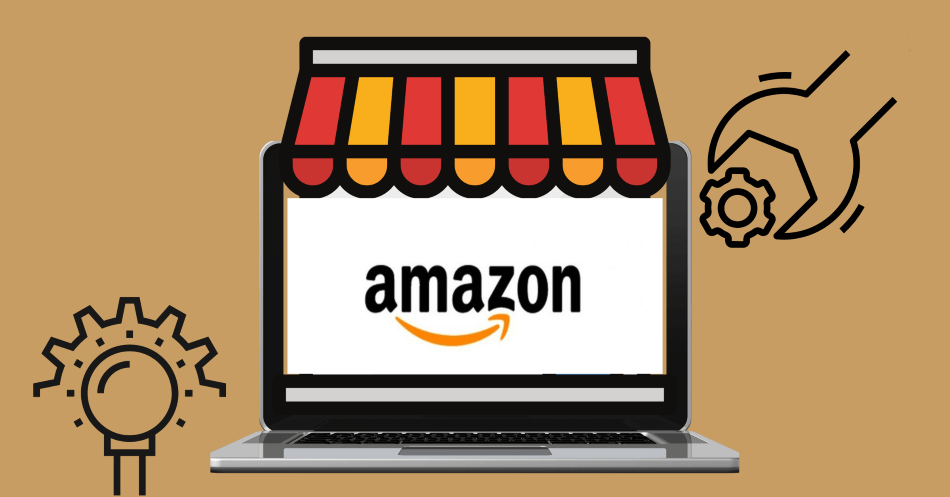
Make sure that you Optimize Your Amazon Listings for each of the markets. Optimization in European countries is just as important as it is elsewhere. Keyword research is essential. Unless you are a native speaker, you are bound to miss common search patterns and phrases.
If your listing isn’t optimized, you will lose sales to the competition and put your business at risk.
In Conclusion
Moving into foreign markets is never easy, and you will need assistance from local people if you are to avoid some of the pitfalls of cross-border business.
Entering the European market worth it, though having its drawbacks. As long as you understand the environment and its risks and benefits, you can quickly grow your business in a much less competitive setting than the US online markets.
Many of the problems associated with importing and selling in the European Union could be overcome. Just by taking advice from a company that specializes in the pitfalls and opportunities in these markets.
Do not hesitate to contact marginbusiness.com.
They will be happy to give you their best pro tips and advice to expand your eCommerce business to any European marketplace.
If you plan and prepare for your European debut, you will reap the benefits of market expansion.
